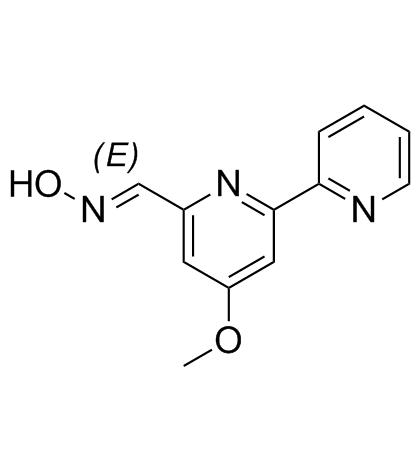| Structure | Name/CAS No. | Articles |
|---|---|---|
 |
Caerulomycin A
CAS:21802-37-9 |
| Structure | Name/CAS No. | Articles |
|---|---|---|
 |
Caerulomycin A
CAS:21802-37-9 |